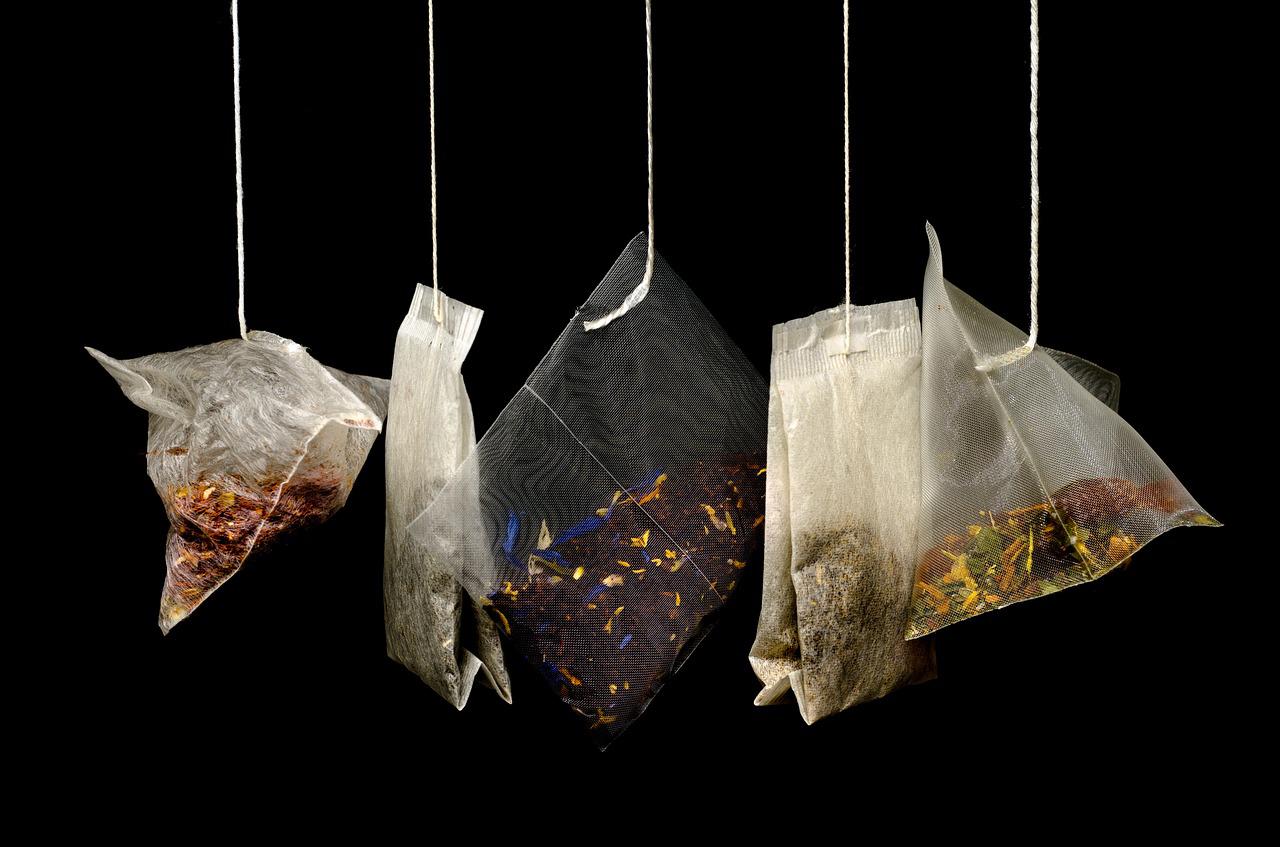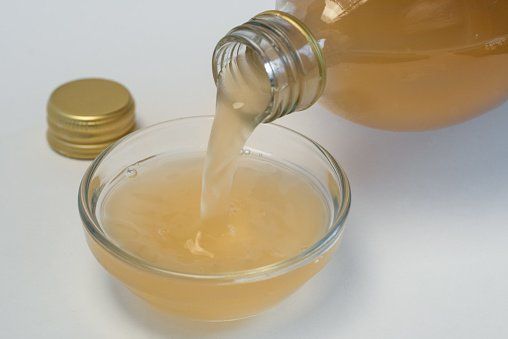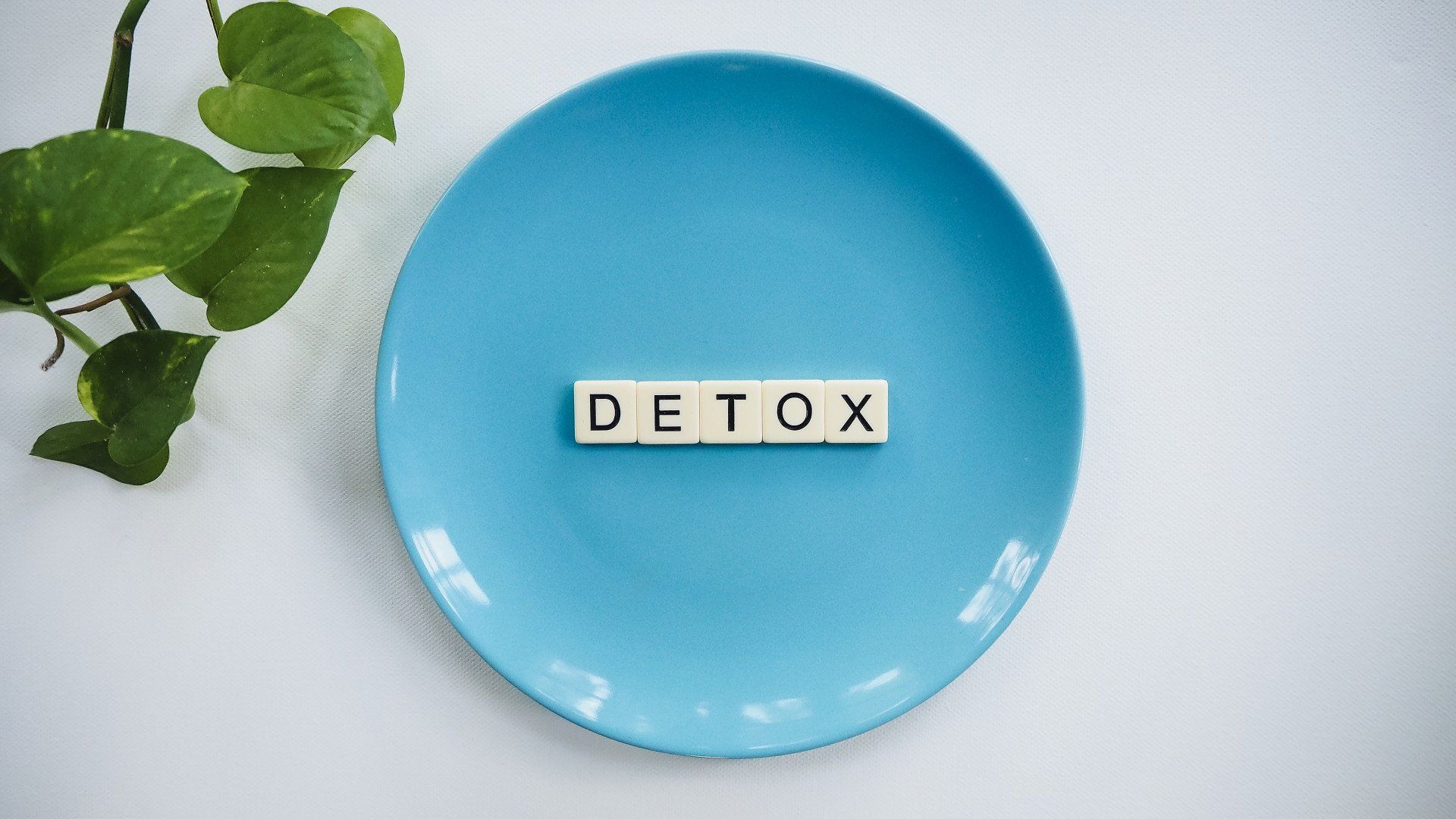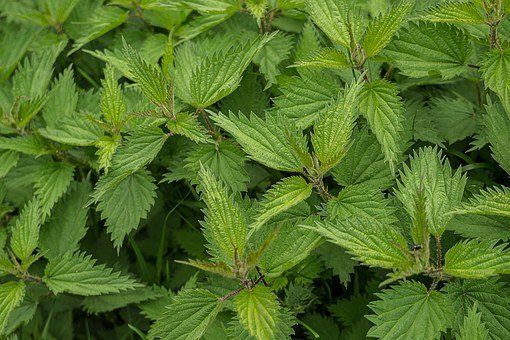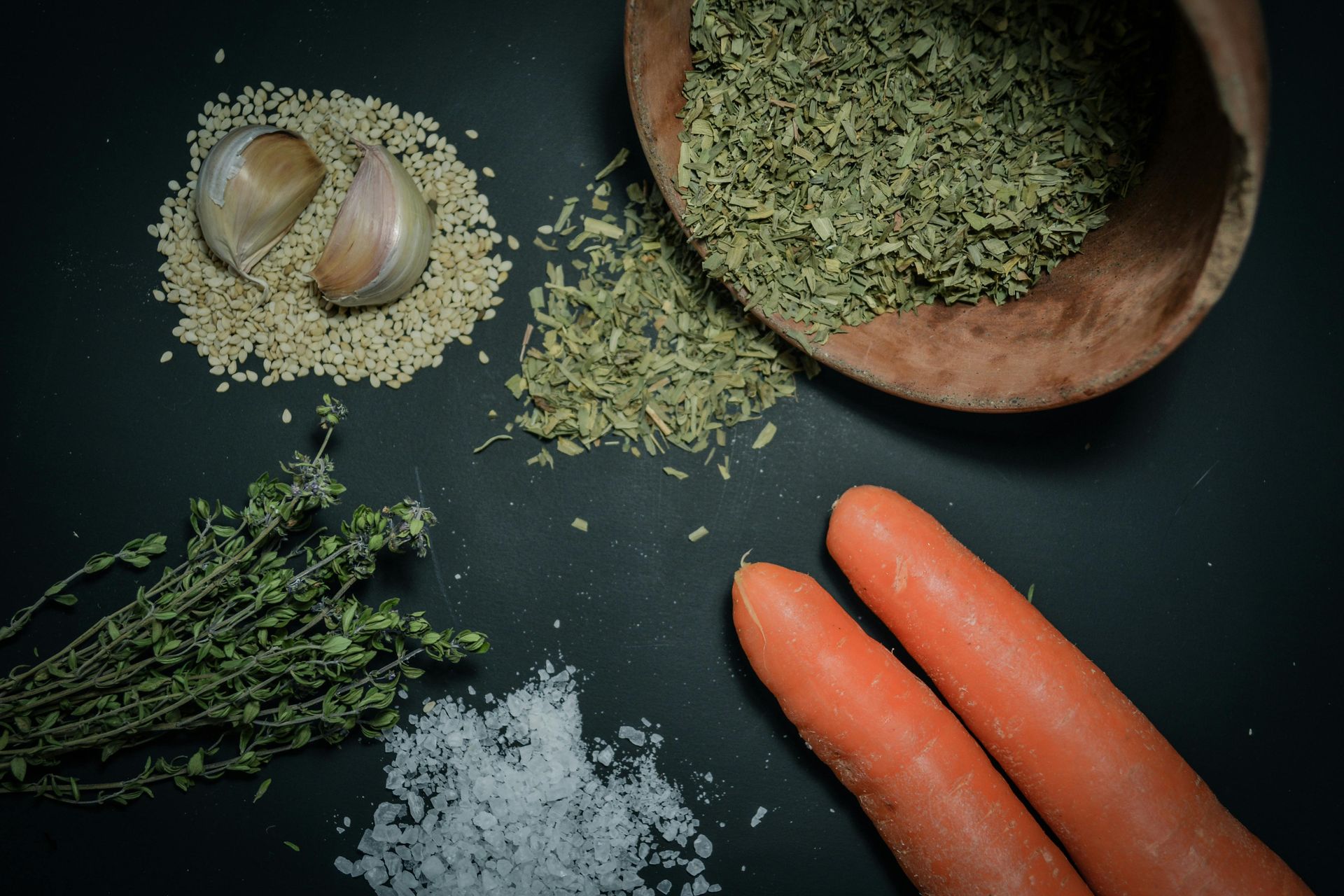
Fad Diets: Why They Don’t Work
Fad diets- why they don't work

Fad Diets: Why They Don’t Work
As a Certified Nutrition Specialist (CNS), one of the most common questions I get from clients is about the latest trendy diet they’ve heard about. These quick-fix programs seem to promise drastic results in record time. But here's the truth: fad diets don’t work in the long term—and more often than not, they can be downright harmful to your health.
In this post, I’ll explain why fad diets fail to deliver sustainable results, the potential risks they pose, and how you can take a more effective, holistic approach to health and nutrition that actually works for you.
What Is a Fad Diet?
A fad diet is a dietary plan or pattern that promises dramatic weight loss or health benefits, often through extreme or restrictive practices. These diets tend to be short-lived, typically lacking scientific evidence or long-term success. While they might work for a short period (mainly due to calorie restriction or rapid water loss), they usually fail to provide lasting results and can lead to more harm than good in the long run.
Some common examples of fad diets:
The HCG Diet (using human chorionic gonadotropin hormones and along with a very low caloric intake)
The Master Cleanse (drinking a mixture of lemon juice, maple syrup, and cayenne pepper)
The Carnivore Diet (eating only meat)
Raw Food Diet (eating only uncooked foods)
1. They are unsustainable.
One of the biggest reasons why fad diets fail is that they’re not sustainable. They encourage short-term eating habits that aren’t realistic for long-term health. For example, a carnivore diet severely limits carbohydrates, which makes it hard to follow for any extended period of time—especially in a society where many meals and social situations revolve around carbs.
Most people can’t maintain restrictive diets like this long term, and when they return to a more balanced eating pattern, they usually regain the weight they lost (often with interest). This cycle of losing weight quickly and then regaining it, sometimes called the “yo-yo effect,” is not only frustrating but can also lead to metabolic damage over time.
Instead of drastic, short-term solutions, your nutrition plan should focus on sustainable changes that can be integrated into your lifestyle long-term.
2. They Often Lead to Nutrient Deficiencies
Fad diets are typically based on eliminating entire food groups, which can leave you deficient in essential nutrients. For example, very low-carb diets limit fruits, vegetables, and whole grains—foods that provide vital nutrients like fiber, vitamins, and minerals.
By cutting out whole food groups, you miss out on the diversity of nutrients your body needs to thrive. A deficiency in key nutrients can lead to issues like weakened immune function, poor bone health, digestive problems, and even cognitive impairments.
3. They Don’t Address Root Causes
Fad diets focus on quick fixes rather than addressing the underlying causes of poor health, like inflammation, hormonal imbalances, poor gut health, or nutrient deficiencies. For instance, a juice cleanse might result in rapid weight loss, but it doesn’t address why you’re struggling with weight gain in the first place—perhaps it's due to stress, blood sugar imbalances, or digestive dysfunction.
4. They Often Promote an Unhealthy Relationship with Food
Many fad diets emphasize restriction, deprivation, or guilt surrounding food, which can lead to a disordered relationship with eating. When food is viewed as something to fear or avoid, it creates anxiety and stress around eating, which is far from healthy. These diets encourage “good” vs. “bad” foods, leading to guilt when eating “off-limits” items.
The truth is, balance and moderation are key. There’s no need to label food as “good” or “bad.” All foods can fit into a healthy, balanced diet when approached with the right mindset. A sustainable approach to eating promotes enjoyment, nourishment, and flexibility without guilt.
I always encourage my clients to embrace a mindful eating practice that encourages them to listen to their bodies and cultivate a healthy, stress-free relationship with food.
5. They Can Harm Your Metabolism
Many fad diets severely restrict calories or macronutrients, causing your metabolism to slow down in response. This is your body’s natural survival mechanism to protect itself during periods of deprivation. Over time, consistently following restrictive diets can lower your metabolic rate, making it harder for you to maintain a healthy weight.
When you return to normal eating patterns after a restrictive diet, your slower metabolism makes it more likely that you’ll gain weight quickly. This can lead to frustration and the cycle of yo-yo dieting that leaves you feeling defeated.
A more balanced approach that supports your metabolism, such as focusing on whole, nutrient-dense foods and eating adequate amounts of healthy fats, protein, and fiber, helps your metabolism function optimally.
6. They’re Based on Trends, Not Science
Many fad diets are driven by marketing and trends, rather than solid scientific research. Social media influencers, celebrities, or “detox experts” might promote the latest diet, but just because something is popular doesn’t mean it’s effective or safe. As a CNS, I base my recommendations on evidence-based practices that are grounded in real science, not fads.
Fad diets may promise quick fixes, but they don’t provide the lasting results you’re looking for. They often lead to frustration, nutrient deficiencies, and an unhealthy relationship with food. As a Certified Nutrition Specialist, my goal is to help you create a personalized, science-backed nutrition plan that nourishes your body, supports your metabolism, and improves your overall well-being.
